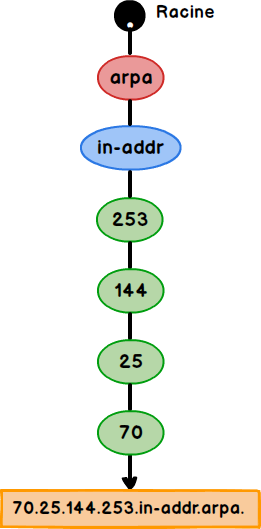Computer Network MCQ – DNS – Part 3
Networking MCQs questions with answers to prepare for exams, tests, and certifications. These questions are taken from a real written exam and some parts are taken from an interview. So you will find questions on CCNA, TCP/IP, Protocols, IP addressing issues, OSI model, and more. This MCQ will easily prepare anyone to pass their exam.
1. An authoritative server on a _________.
A domaine
B label
C zone
D None of the above
2. A _______ is a server whose zone consists of the entire tree structure.
A domain server
B root server
C zone server
D None of the above
3. A ________ server loads zone information from data files.
A secondary
B primary
C zone
D None of the above
4. The ________ server loads all information from the primary server.
A primary
B secondary
C zone
D None of the above
5. When the secondary downloads information from the primary, it is called a______ transfer.
A domaine
B zone
C label
D None of the above
6. On the Internet, the domain name space (tree) is divided into _______ different sections:
A three
B two
C four
D five
7. The ________ domain section uses two-character country abbreviations.
A generic
B national
C reversed
D None of the above
8. The _________ domain is used to associate an address with a domain name.
A generic
B national
C reversed
D None of the above
9. In ______ resolution, the resolver expects the server to provide the final answer.
A iterative
B recursive
C normal
D None of the above
10. In __________ resolution, the server returns the IP address of the server which it believes can resolve the request.
A iterative
B recursive
C normal
D None of the above










